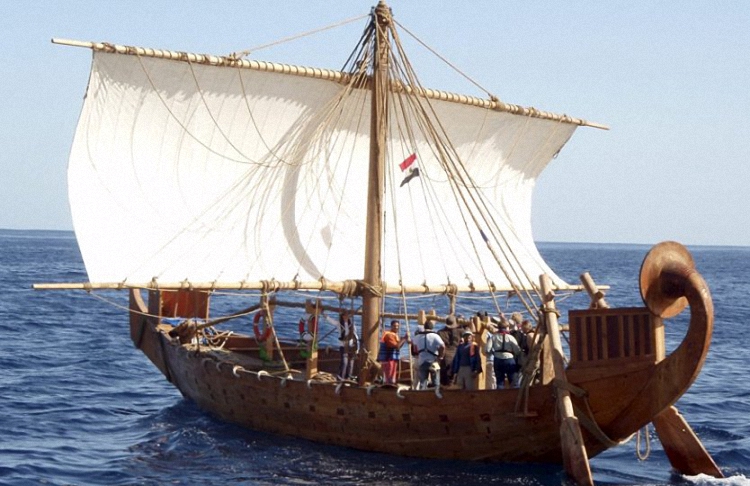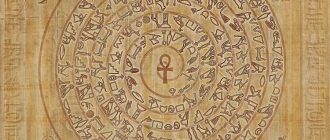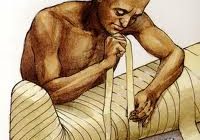The River Nile is essential as a transportation route since ancient Egyptian times. Many boats have sailed across the River Nile as people fish and transport goods from one side to the other. The old boats were discovered at Abydos as well as Tarkhan and the remains of King Khufu’s ship is a testimony to the craftsmanship of Egyptian boat builders in ancient times.
Ancient Egyptian Sailing was made possible with well-crafted ships and boats which are often depicted on the walls of important Egyptian temples as well as the tombs found in Medinet Habu and Deir al Bahri however , there is little knowledge on how these were assembled.
Ancient Egyptian Sailing Methodology
In ancient Egyptian sailing, the boats used to move in four different manners, one was to let them drift with the water current if they were to travel down stream or they could be towed by other boats. Apart from this the river boats were maneuvered by sails and oars.
One of the most beautiful ships from the old Kingdom was floated downstream in a very unique manner. A strong door shaped crate is created out of strong wood called the Tamarisk along with reed mats which have been stitched together. This crate floats on the front-end of the boat and is tied with a rope whereas a heavy stone drags behind with another rope fastened to it.
As the river water presses down on the crate, the ‘baris’ or boats move forward at a good speed and the stone which sinks behind it actually keeps the boat straight on its course.
These boats were utilized for transportation and carried a huge load of goods and trade items upstream and downstream across the Nile. Another methodology used in ancient Egyptian sailing was to propel boats with oars which were maneuvered by strong men.
These ships of the old Egyptian kingdom were steered by two large freestanding oars maneuvered by helmsmen. In later years tillers were added to support the oars but even these could not take the effort out of steering the ship across the Nile and with 200 members of the crew steering the boat, even these helmsmen were left breathless and weak, nearly choking to death.
A few helmsmen like Amenhotep II, whose mummy has been discovered by archaeologists, were known to be powerful helmsmen who did not tire from their post at the ships stern.
Sails Crafted for Ancient Egyptian Sailing
In ancient Egyptian sailing techniques the sails of the ship were rectangle shaped and the top was fastened to the spar whereas the bottom was fastened to the bulwarks. In later years the sail utilized during ancient Egyptian sailing was also tied up between a top as well as bottom spar. To ensure easy furling of the sail there were small ropes on the edges of the brailed sail which were utilized for trussing the sail.
Ancient Egyptian Sailing was facilitated by different constructions that supported navigation and during the old times the ships was constructed in a manner that they could be disassembled and stored in cave like structures which were created out of wood.





